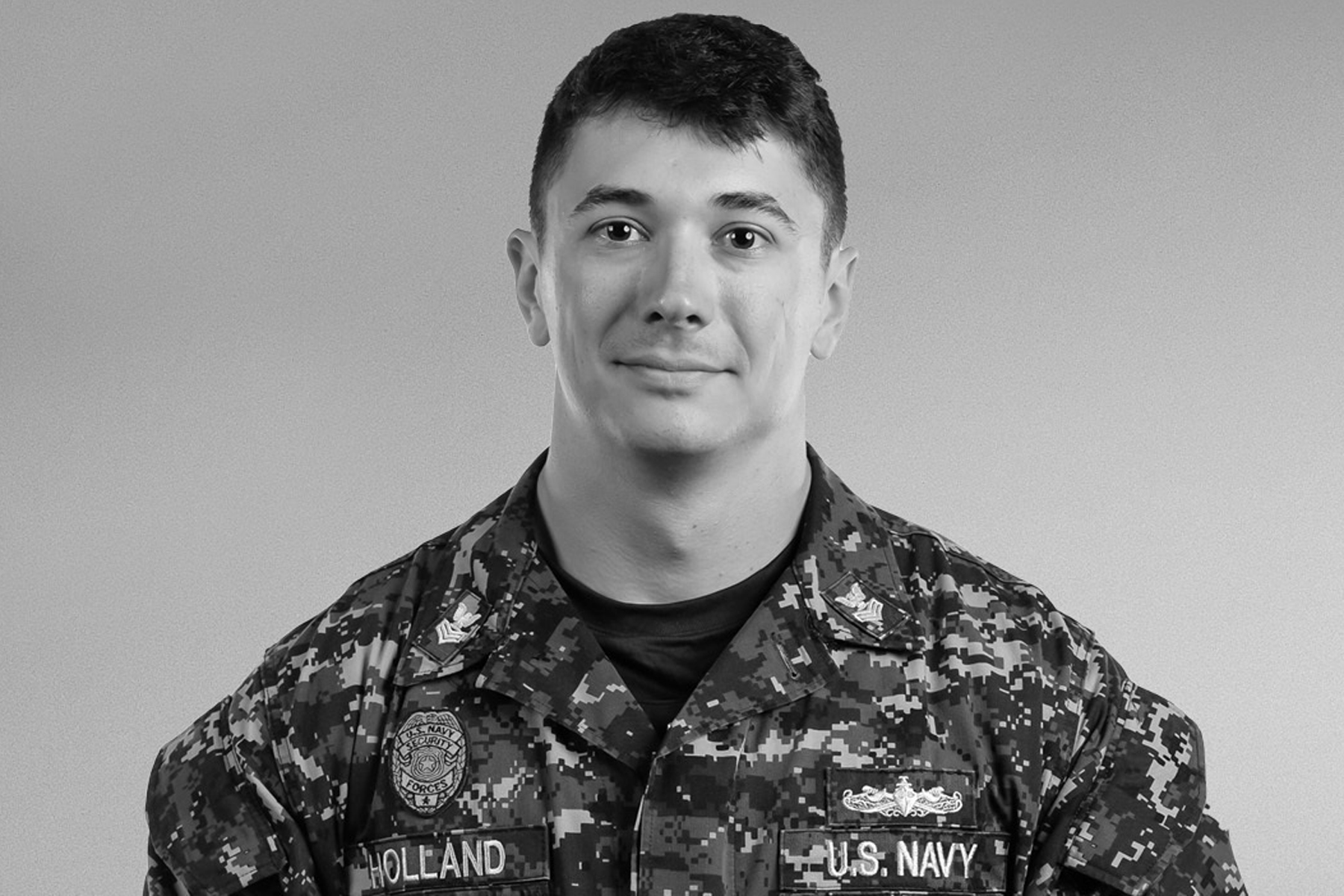By Lisa Ferdinando DoD News, Defense Media Activity
ISTANBUL, September 11, 2015 — NATO has the capacity to
focus on two simultaneous problems facing the alliance -- Russia and the
Islamic State of Iraq and the Levant, the chairman of the Joint Chiefs of Staff
said today.
"Russia has fielded military capabilities that -- were
they to have an intent to do harm to the alliance -- they would have the
capability to do so," Army Gen. Martin E. Dempsey said.
"NATO is big enough and powerful enough and stable
enough to be able to deal with both threats at the same time," the
chairman said.
"But what we're seeing is a period of time where we can
have the tendency to look at one threat for a while and then we look at the
other threat for a while," he said. "Frankly we got to keep our eye
on both threats over time."
Dempsey is in the middle of a weeklong trip that began with
a stop in Germany to meet with his German counterpart. He then traveled on to
Turkey for a NATO Military Committee conference being held Saturday.
The Roots of ISIL
ISIL, he said, is a manifestation of deeper, broader and
longer-term issues, including pervasive instability, disenfranchised groups and
ethnic and religious conflict in the Middle East and North Africa.
"The underlying issues that allowed ISIL to be created
or to create itself are not going to be resolved in the near term," he
said.
"NATO has on its southern flank that non-state threat
and what that particular threat requires is us to look transregionally,"
Dempsey said.
NATO will also benefit from hearing the perspective of the
conference's host nation, Dempsey said, adding that he hopes to have one-on-one
discussions Saturday with Gen. Hulusi Akar, Turkey’s chief of General Staff.
"I do look for the opportunity on the sidelines of
conference to get his perspective, find out how he views the issues that are
confronting not only his country but NATO, because they are of course the
eastern flank of NATO," Dempsey said.
The chairman said he sees Turkey as critical to NATO’s
understanding of the issues it faces.
As the only Muslim country in NATO, Turkey is "very
important in helping us try to figure out how to resolve the issues that are
evolving in the Middle East and North Africa," he said.
Dempsey said he looks forward to discussions on the response
of each nation to the multiple, complex issues facing the alliance -- both
unilaterally and as a part of NATO.
The day-long NATO session kicks off Saturday morning with opening
remarks by Akar, and Czech Gen. Petr Pavel, the chairman of the NATO Military
Committee. Sessions are to address topics including the European migrant crisis
and NATO's mission in Afghanistan.









